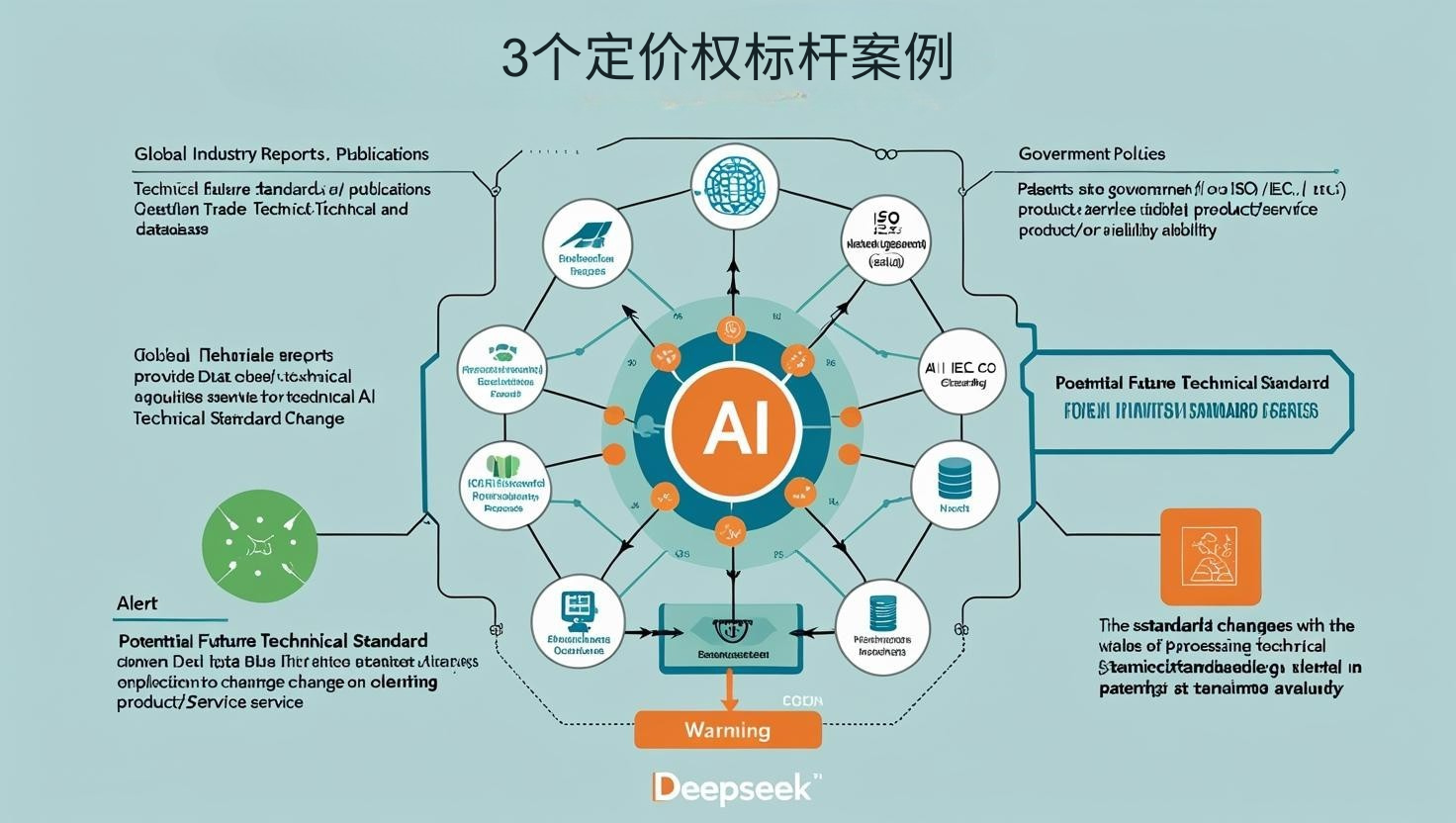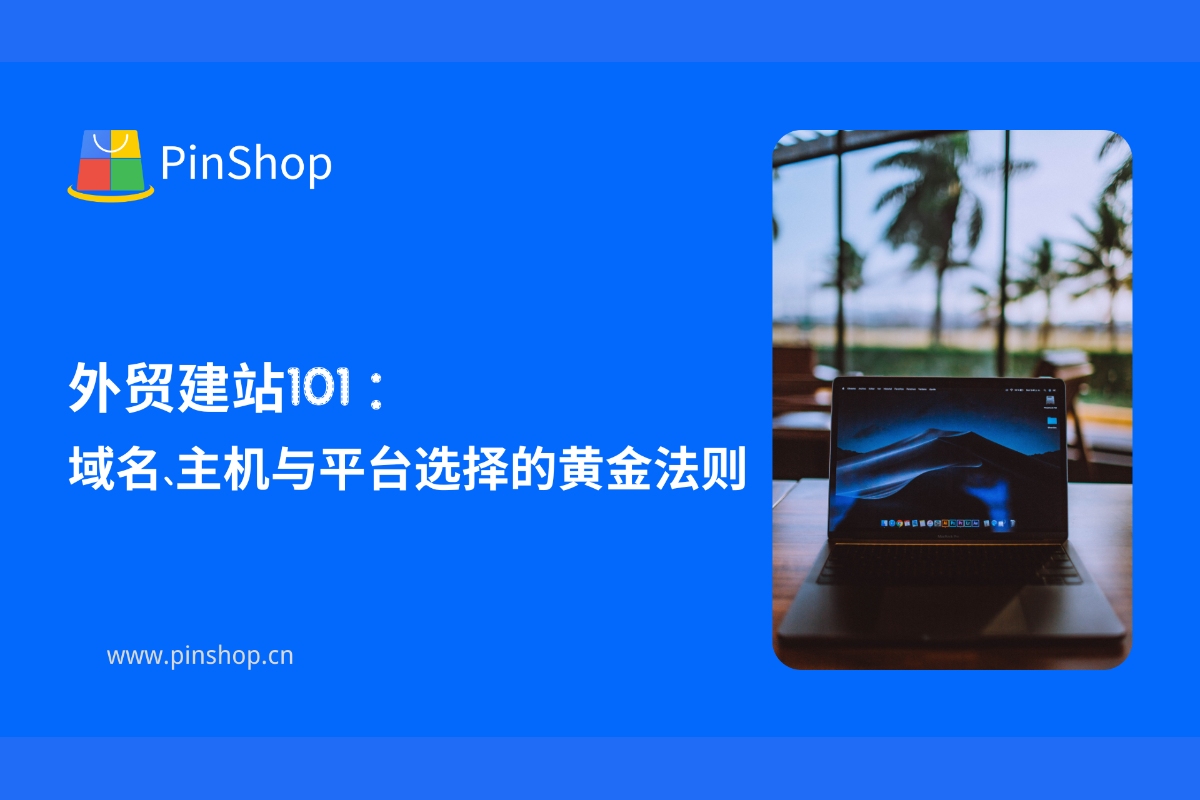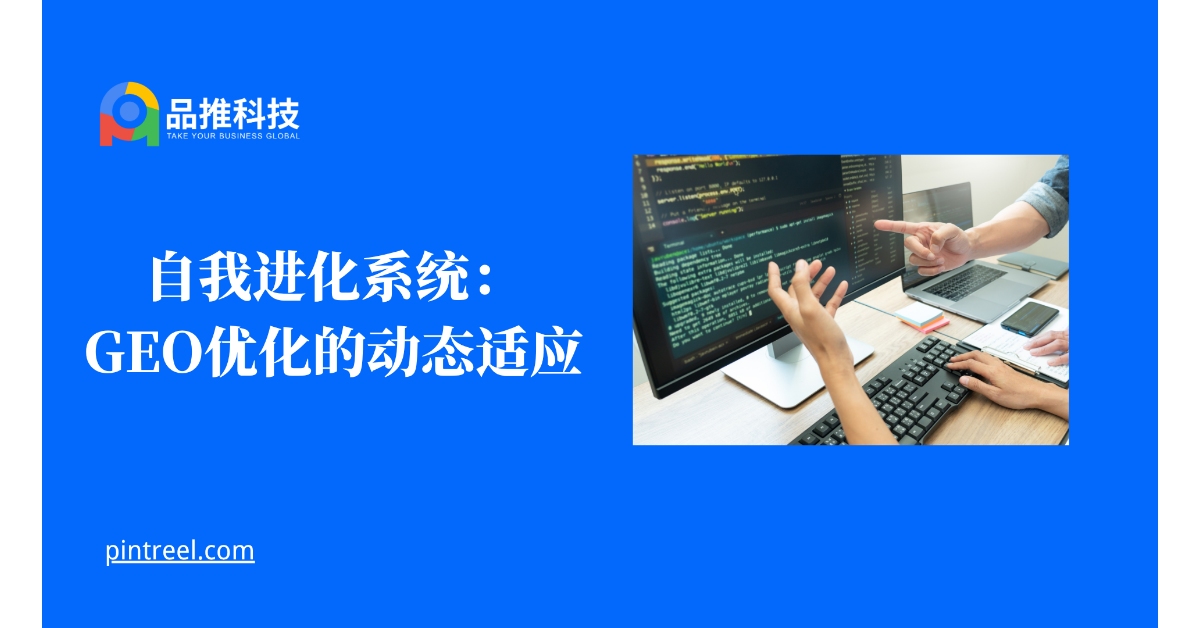Bain & Company's "Pricing Strategy 2025 Report" indicates that independent websites with independent pricing power have an average profit margin of 35%, three times that of platform sellers. Data from a survey by the China Council for the Promotion of International Trade shows that independent websites implementing scientific pricing have seen a 200% increase in average order value and a 70% reduction in reliance on promotions. Research by the Global Pricing Science Association (GPSA) emphasizes that the unique advantages of independent websites in brand premium, data support, and strategic flexibility are reshaping the profit distribution landscape across industries.
 Three major pricing dilemmas for platform sellers
Three major pricing dilemmas for platform sellers
1. The quagmire of price wars
- The gross profit margin of a certain 3C accessory has been squeezed down to 8% (e-commerce price monitoring data).
- The price difference between similar products is less than 5%.
2. Promotion Dependence
- Sales during major promotions accounted for over 60% of total sales (according to a clothing brand's financial report).
- Regular selling prices have lost credibility
3. Value delivery failure
- Patented technology products are forced to compete with white-label products (a dilemma faced by an instrument company).
- Unable to establish differentiated perception
Three Implementation Strategies for Independent Websites to Achieve Pricing Autonomy
1. Value Visualization System
- Technical analysis videos enhance willingness to pay (case study of an industrial brand)
- Transparent presentation of costs throughout the entire process
Data from the China Council for the Promotion of International Trade Brand Value Center shows that "value visualization increases premium potential by 40%."
2. Dynamic pricing model
- Calculating the optimal price in real time using 200+ variables (Case study of a cross-border brand)
- Differentiated pricing based on membership tiers
Research by the Global Pricing Science Association (GPSA) shows that dynamic pricing can increase profit margins by 25%.
3. Scenario-based pricing strategy
- Tiered Pricing for Enterprise Procurement (Case Study of a B2B Equipment Supplier)
- Solution package pricing
 Three benchmark cases of pricing power
Three benchmark cases of pricing power
Case 1: Shenzhen Smart Home
- Subscription-based service pricing system
- Customer LTV increased to 5 times the industry average
Case 2: Zhejiang Fabric Industry and Trade
- Patent technology premium pricing
- Profit margin jumped from 12% to 38%.
Case 3: German Precision Tools
- Use performance-based pricing model
- Customer retention rate increased to 90%.
Pinshop Solutions
Pinshop offers: ✅ Value delivery content system ✅ Intelligent dynamic pricing model ✅ Competitive monitoring dashboard ✅ Price elasticity testing tool
Visit the Pinshop website now
Recommended article: Multilingual Independent Website Strategy: Balancing Localization and Internationalization 






